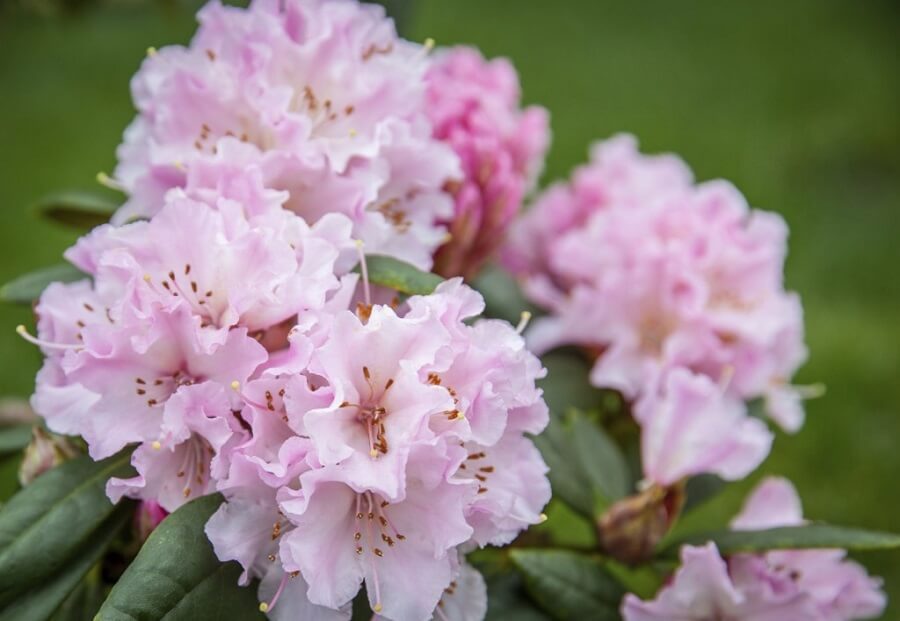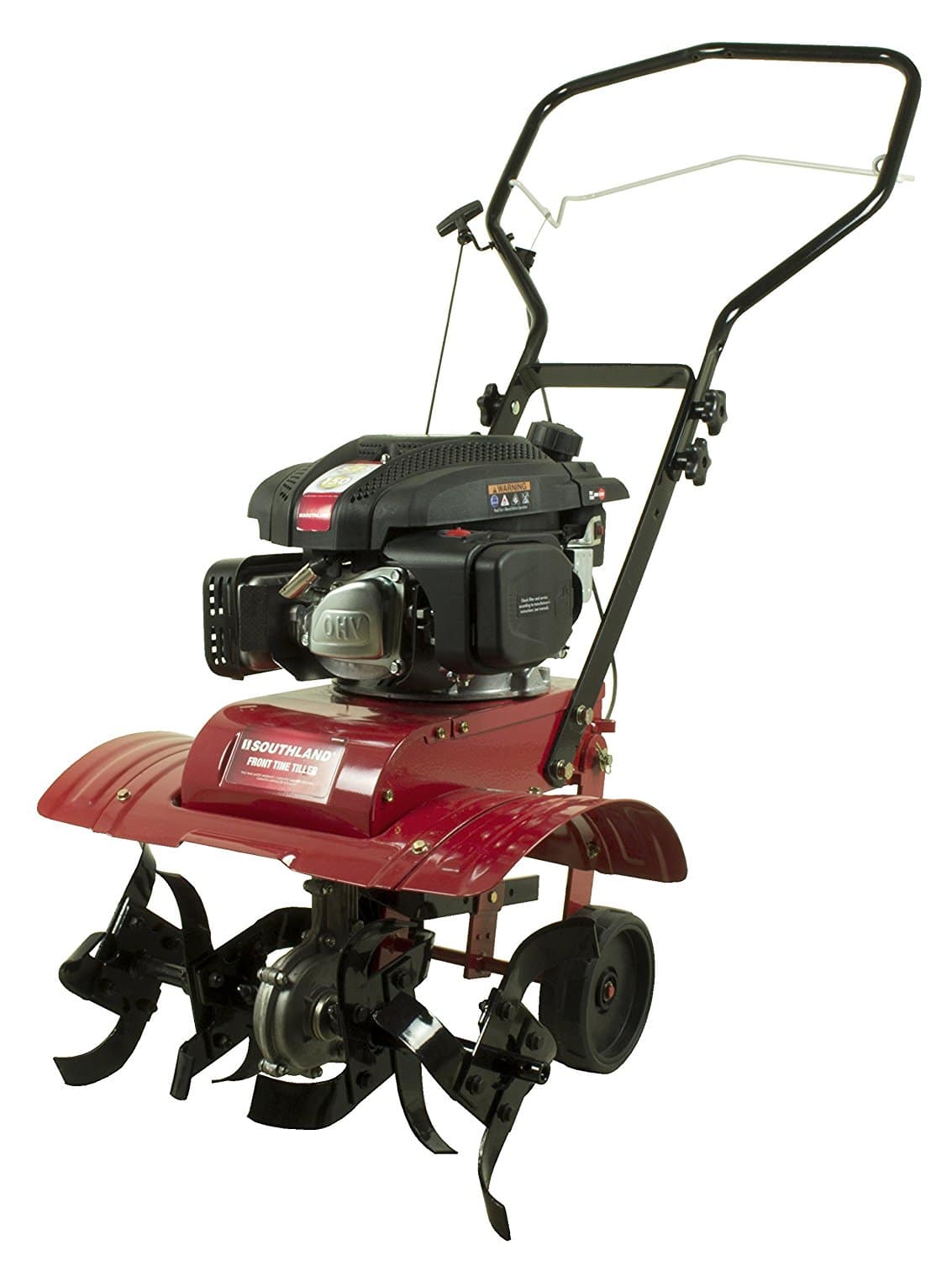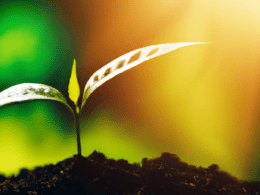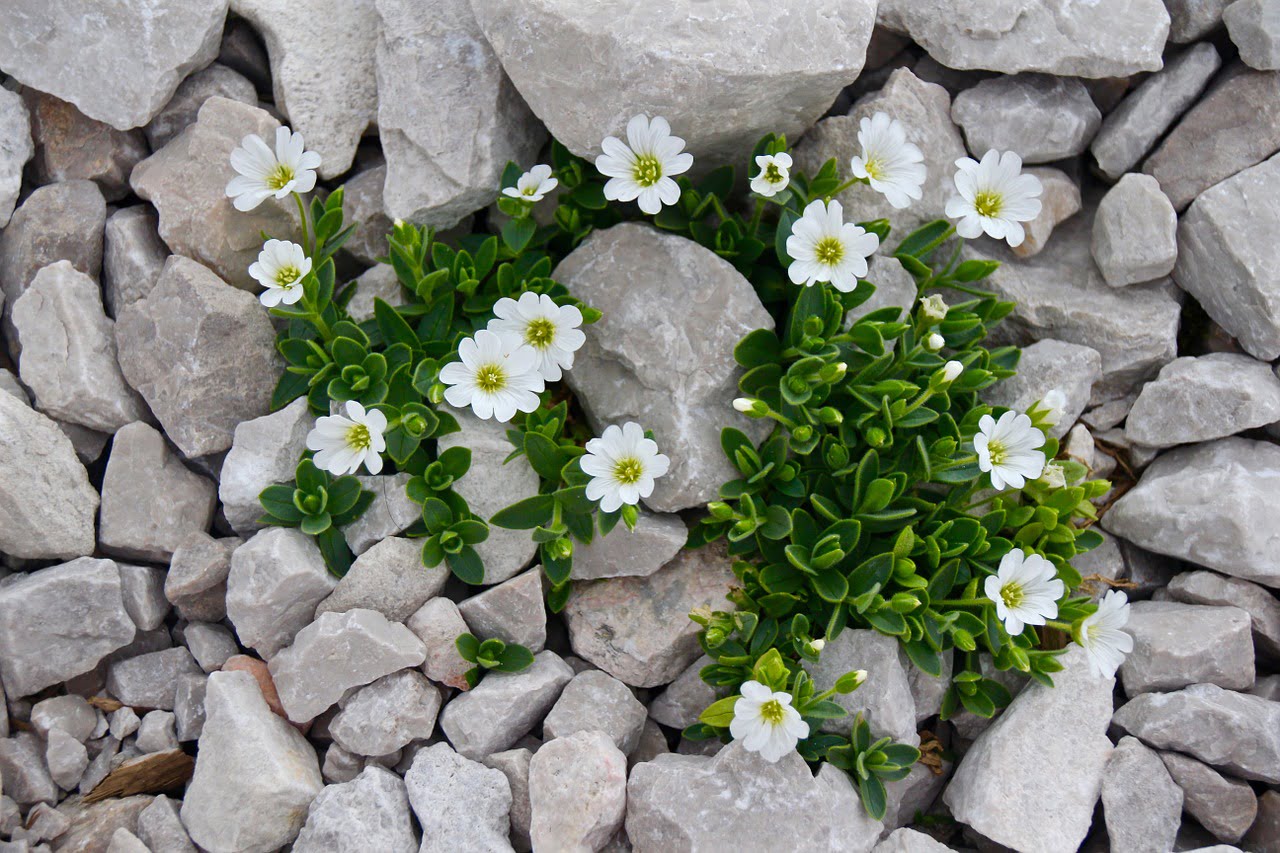Can I Use Succulents in My Rhododendron Garden?
Succulents can be a great addition to your Rhododendron garden. Incorporating landscaping with succulents tips and tricks can add variety and texture to your garden landscape. Remember to choose succulents that can thrive in your specific climate and ensure proper drainage to prevent waterlogging. Additionally, succulents can serve as groundcovers or fillers in between your rhododendron plants, creating a visually appealing and low-maintenance garden.
Rhododendron Planting and Caring Guide
1. Decide When to Plant It
The health of your rhododendron plant depends, among others, on when you decide to plant it. The best time to do so is in late spring or early fall. Keep in mind the fact that these plants can be quite sensitive. This means that if you plant them when the weather is too cold or too hot, they might die off. We advise moving the rhododendrons from their indoor location before sudden and significant shifts in temperature. The plants grow even stronger when they’re chilled during the first few weeks of growth. So, if you want to provide them with a boost of energy, plant them when the weather is still a bit chilly. Not only will this help with their growth, but it will also increase the chances of the plant growing more flowers in its first growing season.2. Choose a Location
The time isn’t the only important thing when it comes to planting rhododendron. The location is also crucial. Rhododendrons enjoy spotted shade, so you shouldn’t plant them in areas with full sun. Instead, choose an area that receives at least a couple of hours of shade every single day. At the same time, don’t go for areas with full shade either. The rhododendron needs balance. The direction of the wind and that of the slope matter as well. For instance, it’s better for your plants if the wind can’t reach them as much. Try to protect them by planting them next to a wall or in areas where you know there are no strong winds. In terms of the direction of the slope, we recommend an east or north slope. This is another thing that shields the plants against dry winds coming from the South and the West.3. Prepare the Soil
The quality of the soil can make or break a rhododendron. So, if you want to make sure your plants will grow healthy, you should amend the soil using organic matter. Rhododendrons don’t enjoy dense and heavy soils, which is why if that’s the kind of soil you have in your garden, you should amend it with organic material. This material will make the soil much less compact. We recommend a mixture made out of one part coarse sand, two parts pine bark, and one part topsoil. However, this recipe is only useful if the soil in your garden is clay-like. If the soil is sandy, you should mix compost and topsoil in equal parts in order to create a beneficial mixture. Next, you should check the pH of your soil and see if you need to change it. Rhododendrons prefer acidic soil, so one with a pH of in between 5.0 and 5.5. You can buy a soil testing kit and use it to test the pH of your soil without having to go to an agricultural center. If the test reveals alkaline soil, add agricultural sulfur, mortar, or ferrous sulfate to it. If the pH is below 4.5, add ground agricultural limestone. Finally, we also advise testing how fast the soil drains. One thing you should know about rhododendrons is that their roots tend to rot quite fast if the soil surrounding them is waterlogged. If the soil in your garden has difficulties draining water, you have to do something to improve it before you plant your rhododendrons. One example would be to install a drainage tile in the garden. This tile will carry all the excess water away from the plant’s roots. If you don’t want to do that, you can always grow rhododendrons in raised beds.4. Pick the Plants
Now that everything is set for you to plant the rhododendrons, it’s time to choose healthy ones. The cases where people plant rhododendrons by seed are extremely rare, so you’re going to have to plant them via transplant. This means you should purchase a rhododendron plant, which you can easily do online. Before deciding on a plant, make sure it has deep green leaves. Yellow or wilted leaves are a definite no. If you get the chance to buy the plant at a local store, check the soil in which it’s potted as well. Buy the plant only if the soil is moist. If it’s dry, this can point to an unhealthy plant, whose leaves are going to start becoming yellow soon enough.
If you get the chance to buy the plant at a local store, check the soil in which it’s potted as well. Buy the plant only if the soil is moist. If it’s dry, this can point to an unhealthy plant, whose leaves are going to start becoming yellow soon enough.
5. Create a Plant Bed
Even if you can plant single rhododendrons as well, these plants grow best when you plant them in groups. In order to do that, you first have to dig out a plant bed about 30 inches wide and 18 inches deep. The plants need some space to grow, which is why you have to plant them about 4 feet apart from each other and 18 inches away from the edges of the bed. When you decide on the best place for the plant bed, keep in mind the fact that your plants shouldn’t grow next to trees that have shallow roots. These trees might steal food and water away from them.6. Plant the Rhododendrons
This next step implies digging a separate hole for every rhododendron you want to plant. The hole doesn’t have to be too deep. In fact, it only needs to be a bit larger than the plant’s root ball. Keep in mind that when you place the plant in the hole, the top part of its roots has to be at soil level, while the root ball should be 2 inches higher than the soil surrounding it. We should also mention that planting the rhododendron too deep isn’t great for its health. In fact, too shallow would be better than too deep. After you’ve carefully placed the rhododendrons in their respective holes, water the surrounding soil thoroughly. This will help it settle and secure the plants in their place.7. Water the Plants
Rhododendrons usually tolerate dry soil. However, in summer, when the temperature rises, you have to water them every week, by providing them with about 1 inch of water. If you live in an area where it rains that much in a week, you don’t need to provide your plants with any additional moisture. When fall arrives, feel free to allow your plants to enjoy a much drier soil. This will help them cope better with the winter weather. After the first frost of the year, make sure to water the plants once more.8. Apply Mulch
Every fall, you should apply mulch to your rhododendrons in order to keep them healthy. Mulching helps keep the roots of the plants moist and protects the plants from the cold weather. We advise using partially decomposed pine needles or oak leaves. If you can’t find those, you can also use oak shavings, aged sawdust, hardwood chips, or peat moss. Leave the mulch around your plants all year round. Just keep in mind that in fall and summer, it shouldn’t touch their stems. In winter, you can make a higher pile, since this will protect the stems from the cold weather.9. Fertilize the Plants
Rhododendrons don’t need a lot of fertilizer. You should only fertilize them in spring, more precisely in May, using a little bit of fertilizer. Adding too much fertilizer can cause the roots of the plants to burn, so you should stick to the recommended amount. Ideally, you should use a fertilizer designed for plants that enjoy high acidity. In terms of organic fertilizers, we recommend cottonseed meal.10. Prune the Flowers
As opposed to other plants, rhododendrons don’t need pruning in order to develop new growths. The only reason why you should prune your plants is in order to remove dead flowers. Similarly, you can also prune the plant if it gets too large for your taste. Something we urge you to keep in mind when deadheading old flowers is to limit yourself to only clipping off the dead part. If you trim too much of the plant, it might stop new flowers from taking the place of the ones you’ve just removed.









